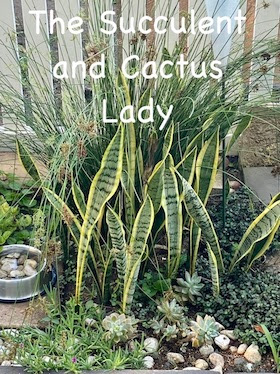Epiphyllum (Litroos of bladroos in Afrikaans) on my patio
Also known as climbing cacti, orchid cacti and leaf cacti.
The orchid cactus is a gorgeous group of tree-growing cacti. The Epiphyllum (the botanical name) has broad, flat, leaflike stems scalloped on the edge, strung together by a woody midvein.
These jewels are the proud owners of some of the largest, most unbelievable flowers in the whole plant world. Although the epiphyllum is called the “orchid cactus” it is not an orchid but a cactus.
These are the most majestic of hanging plants, easy to handle, and include a group of miniature or basket varieties. Like the summer-flowering tuberous begonia, these are “shade plants” in hot climates. Otherwise, they need sunlight in fall, winter, and spring, and shade only when summer sun becomes searing hot. They flower best when temperatures stay near 65 degrees, and when the air is humid.
The popular conception of cactus potting soil is not acceptable for this plant. At home in the tropics, these are tree-dwellers where their roots feed on decaying organic matter and are largely exposed to the air.
If your plant is badly pot-bound move it to the next size pot rather than to a much larger one. A light, porous, humus-rich mixture that will hold some moisture and yet will drain quickly. The soil should be coarse, not finely sifted; slightly acid; and for further aeration and purification, generously supplied with small bits of crushed charcoal.
Nitrogen-rich fertilizers are not recommended.
My Epiphyllum just starting to flower
These cactus should not be over-potted, but slightly root-bound. When re-potting is called for – with mature plants, no more often than every second year – have the plant, new pot and soil nearly dry. Transplanting is usually done a month after flowering but do not transplant unless necessary. Withhold water for three or four days after repotting, and water sparingly for the next three or four weeks. In winter, when they rest, they need just enough water to keep the stems from shriveling.
- This information from Plant Care Today
























































